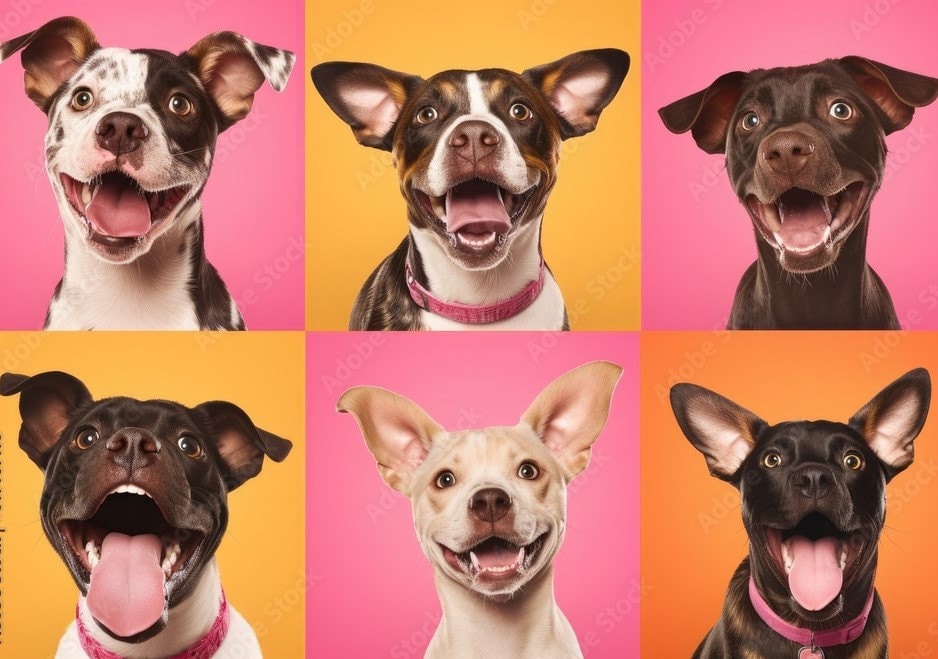In the colorful spectrum of our world, we often ponder what our canine companions perceive. Dogs, with their keen senses, undoubtedly experience the world differently from us. Among the mysteries surrounding their perception, one intriguing question stands out: what colors can dogs see?
Understanding the visual world of dogs requires delving into their biology. While humans possess three types of color receptors (cones) sensitive to red, green, and blue light, dogs have only two: cones for blue-violet and yellow-green. This means their color vision is dichromatic, akin to red-green color blindness in humans.
So, what does this mean for the colors dogs perceive? Essentially, their world is less vibrant and lacks the range of hues we enjoy. Dogs primarily see the world in shades of blue and yellow, with limited differentiation between reds and greens. This doesn't mean they see everything in grayscale; rather, their color palette is akin to that of a person with red-green color blindness.
Blue appears as a dominant color in a dog's vision. Objects that we perceive as blue or violet may stand out more to them. On the other hand, reds and greens appear muted or even indistinguishable from each other. Imagine a lush green lawn – to a dog, it might appear as a blend of yellow and blue rather than a rich spectrum of greens.
This unique vision has implications for various aspects of a dog's life, including their interactions with toys, environment, and even their owners. For instance, a red ball tossed on green grass might not be as easily spotted by a dog compared to a blue one. Understanding these nuances can aid in designing environments and objects that are more accessible and engaging for our furry friends.
However, it's essential to note that while color vision plays a role, dogs rely heavily on other senses like smell and hearing to navigate their world. Their remarkable olfactory abilities often take precedence over visual cues, shaping their perceptions and behaviors significantly.
In conclusion, while dogs may not perceive the world in the same kaleidoscope of colors as humans do, their visual world is fascinating in its own right. Understanding their dichromatic vision sheds light on how they interpret the environment and interact with it. So, next time you're playing fetch with your pup, consider their perspective and maybe opt for that blue ball – it might just make all the difference in their game.
Exploring the nuances of canine vision not only deepens our appreciation for our furry companions but also informs practices that cater to their unique needs and preferences. By embracing this understanding, we can enrich the lives of dogs and strengthen the bond between humans and their beloved pets.
